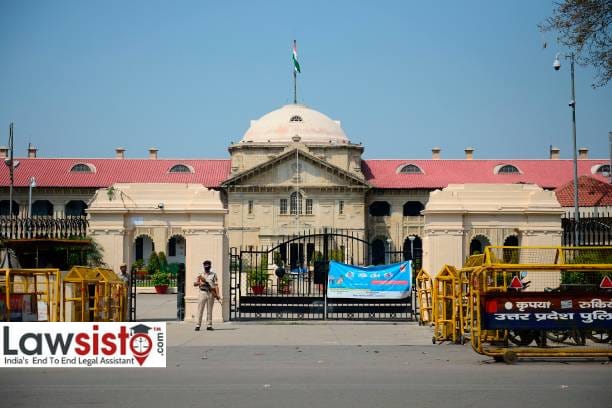Latest News
Voyeurism Under the Indian Penal Code, 1860

In normal parlance, voyeurism refers to gaining pleasure by secretly observing another's sexual acts.
The person committing such an act is known as a 'Voyeur' - a voyeur is a person who derives sexual gratification from the covert observation of others as they undress or engage in sexual activities. There has always been offences against women even before having proper legislations on such offences.
Similarly, cases of voyeurism always prevailed but this was only recognised as an offence under the Indian Penal Code, after the criminal law amendment of 2013.The amendment introduced series of new offences specifically impacting women. The Nirbhaya gang rape and murder case led to a huge cry in the country questioning the framework of the legal system prevailing in India.
It was then, that the Justice Verma committee was formed in order to deal with the growing offences against women in India. Hence, the 2013 criminal law amendment was then initiated which recognised several new offences against women by incorporating them in the form of sections under the India Penal Code, 1860.
Certain new offences like acid attacks, stalking, trafficking of women, voyeurism and sexual harassment were identified. Section 354-C of the 1860 code defines the act that leads to voyeurism and also lays down the punishment for such act. The section reads,
"Any man who watches, or captures the image of, a woman engaging in a private act in circumstances where she would have the expectation of not being obsereved either by the Perpetrator or by any other person at the behest of the Perpetrator or disseminates such image shall be punished on first conviction with imprisonment of either description for a term which shall not be less than one year, but which maybe extended to three years, and shall also be liable to fine, and be punished on second or subsequent conviction, with imprisonment of either description for a term which shall not be less than three years, but which may exted to seven years, and shall also be liable to fine".
The explanations attached to this particular section defines the term "private acts" and most importantly the second explanation provides further insight into the word 'Consent' used for the purpose of the section. Instances where the capturing of image of private parts or activities is done with consent, and the consent remains restricted to only capturing of image and if such image is shared with a third party, then such act too leads to voyeurism.
Prior to the insertion of section 354-C ,cases relating to electronic voyeurism were being dealt with under the Information Technology Act, 2000 which is a gender neutral provision unlike sec 354-C ,and the awarded penalty was upto 3 years and/or fine upto Rs. 2 lakh for the act.
Over scrutinizing the gravity of punishment awarded by both pieces of legislation, the punishment for a repeated offender has been made graver under the Indian penal code, thus emphasising on the retributive theory of punishment which says that the penalty given should be equivalent to the grievance caused by such person.
Though the concerned legislations could in a way bring down the amount of offences taking place against women but the ideal scenario is yet to be achieved. However, proper implementation of laws along with legal awareness among every section of the society might bring forward alot of improvement in the societal structure.



































































































